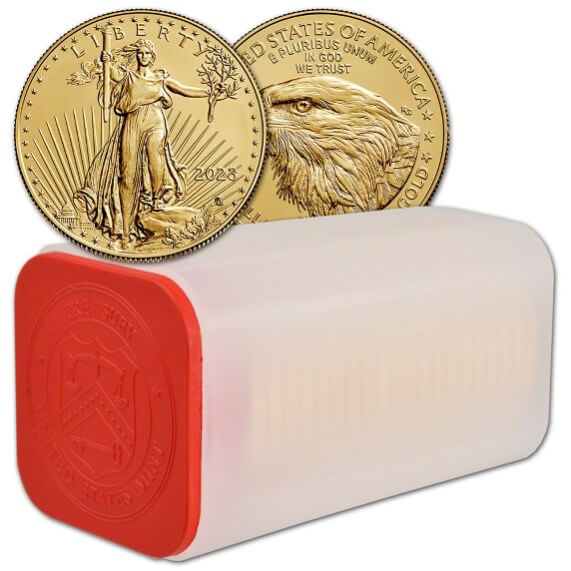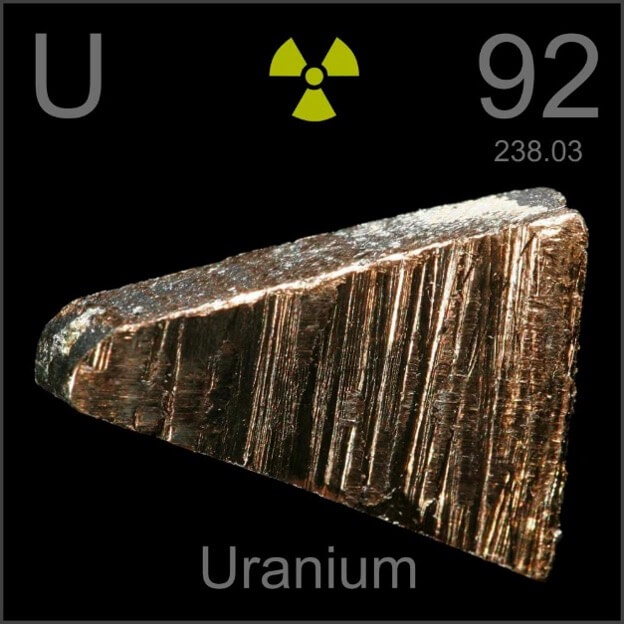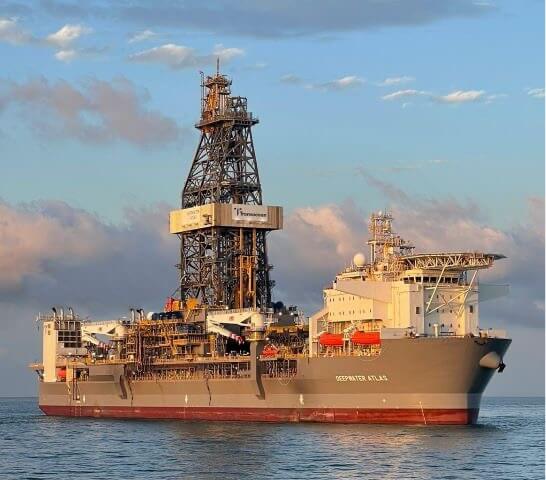End of the Year: Let’s Look at Taxes, Metals and Energy
Ask any locomotive engineer. You definitely want to stop the train too soon versus too late.
Or in other words, don’t be this guy:

Santa Fe locomotive overshoot, Los Angeles, January 1948. Courtesy martinturnbull.com.
No question about it; we’ve had a good year in 2025. Gold, silver, platinum are up. Most other metals as well. Many miners are up, and many have seen spectacular gains. And while I don’t spend much time covering tech vaporware like AI and such, we’ve seen great moves there as well.
Okay, so now what? It’s mid-November and we have six weeks left in 2025, which include many days of various holiday routines. Then comes January, of course, and a new year.
Today, let’s look at some trends, consider where we are, and then peer ahead. Should you sell or buy any particular sector as 2025 winds down? And what are some solid ideas that ought to carry over to 2026?
Strap in, and let’s get ahead of that proverbial train.
Year-End Tidying-Up
Right now, we’re into what’s called year-end “tax loss” selling season. That is, every November and December people and institutions sell shares that may be down, to book the loss against sales of shares that moved up during the year. The idea is to balance gains and losses, and minimize taxes come Dec. 31.
As an aside… There’s nothing wrong with avoiding taxes. That is, tax avoidance is basic and prudent financial planning. But tax evasion is illegal. Know the difference!
For example, you may own shares of, say, XYZ Co., which moved up during 2025 and gave you a great feeling, right? But perhaps recently, there’s been a selloff and now you wonder why. What’s happening? Indeed, it may appear that everything is fine with XYZ, but still the shares are selling off.
This could very well be an example of people taking 2025 gains off the table, to balance against losses in some other company; maybe they’re selling shares in another company that was a market dog during the past year. Like, say… Cracker Barrel Old Country Store, Inc. (CBRL), down about 48%. Or even a sturdy old name like United Parcel Service, Inc. (UPS), down over 26% so far.
People sell winners to book against their losers. It’s accounting.
Meanwhile, in the geological neck of the woods where I hang out, metals like gold, silver and platinum made great moves in 2025; up by 53%, 61%, and 62% respectively. And if you own “paper” versions of metal, like SPDR Gold Shares (GLD), you might consider trading for the gain.

Gold coins in mint tube. Courtesy U.S. Mint.
But what about physical metal? Beware trading the real thing!
That is, if you own gold, silver, etc. and hold it under your own control, as a rule you do NOT want to trade because of markdowns when you sell, and markups when you buy back. You’re leaving a lot of money on the table with that approach. Physical metal is for wealth preservation; it’s a long-term play and the last thing you sell.
Meanwhile, consider how many mining companies made superb gains this year. Look at a widely held gold play like Newmont Mining (NEM), up about 135% since January. Or a silver miner like Hecla Mining (HL), up nearly 190%, much of it in the past five months. And the junior space is filled with names that have moved up by two-baggers, three-baggers and more.
Should you sell a mining play in which you have gains, especially right now, near the end of the year? Well, everybody is different, and I do NOT give personal financial advice in a newsletter. Everyone has different needs, goals, and reasons for buying and selling.
Still, keep in mind that whatever the share price of anything may be, you have not “made money” until you sell some of it. And as for paying taxes? Hey, at least you’re paying a tax on gains and not shaking your head about a loss.
Meanwhile, consider broader markets like the S&P 500, aka S&P 500 (^GSPC). Yes, it’s “up” this year by a whopping 13% since January. But that’s the problem, because most of the “gains” there were powered by a small handful of Big-Name shares, the usual suspects.
Another way to say it is that while a handful of tech vaporware names rode high, much of the rest of the S&P market languished. At any rate, there are many opportunities outside mining to find companies that lost share value and sell them against the winners.
Every company is different, of course. But beware selling an otherwise good company into the year-end tax-loss retreat just because there’s a year-end tax-loss retreat. And also, think ahead to early 2026, when good companies will find new buyers. Those currently “down” shares – especially some of the solid mining plays that are off their 2025 highs – may have strong uplift in them come 2026.
Along these last lines, you might consider deploying some cash in, say, early December to go bargain-hunting among good names; or at least be prepared to pick up shares at a discount come early January.
Out of prudence, I’m not naming any specific company names for tax-loss selling. Everybody is different and has different mixes of stocks, etc. Just be sure to understand what you own, why you bought it in the first place, what you expected from those shares, and whether or not they can deliver if you hang onto them.
And finally… When you buy or sell, ALWAYS watch the charts, watch for up or down days, use limit orders, and never chase momentum.
Okay, now let’s get into one specific sector…
What’s Happening with Energy?
Two weeks ago in New Orleans, at the annual New Orleans Investment Conference, I had a long talk with Rick Rule, resource guru and friend of well over 20 years. What is he buying?
“Energy,” he said. “The world runs on energy, but for some bizarre reason the overall sector is hated, despised, loathed and oversold.”
In the top tier of ideas, Rick likes uranium, to be sure. And he’s looking ahead.

Got uranium? Eventually, you’ll wish you had some. Courtesy Pinterest.
The fact is that the U.S. produces about 2% of its own uranium. The country imports about 98% of what we use, much from Canada which is okay. (Well, okay for now. Are you following Canadian politics? It’s scary up there.)
But about two-thirds of uranium used in the U.S. comes from Australia, Russia, Kazakhstan and similar places whose common characteristic is that they are located on the other side of the planet.
Meanwhile, within ten years (or maybe five), much of the uranium from these other-side-of-the-world places will go to China, not the U.S. We’ll likely keep Canada as a supplier, and maybe Australia (still… as noted above, it’s on the other side of the world).
But almost certainly, as we look ahead it’s clear that Russian and Kazak uranium and related nuclear materials will head toward China. And the U.S. won’t have access to that supply chain anymore.
Another way of saying it is that U.S. and Canadian uranium plays are solid for the medium and long term. Yes, most have already made nice moves, and they might bounce around in the market noise; but we’re in perhaps the third inning of a longer game with plenty of opportunity ahead.
Large-cap uranium names include Cameco (CCJ), Uranium Energy Corp. (UEC), and Energy Fuels (UUUU); plus, if you want a basket of solid names, there’s the Sprott Uranium Miners ETF (URNM).

UEC uranium plant in Wyoming. Courtesy Cowboystatedaily.com.
Rick is also bullish on oil and gas. The fact is that the world pumps about 97 million barrels of crude oil per day out of the ground, but exploration and discovery lag badly in replacing these barrels with new finds.
“The reserve base is depleting,” said Rick. “Overall, the global oil industry is underinvesting in development and maintenance by at least $1 billion per day. Yes, per day!”
In other words, every day the world’s existing oilfields deliver crude oil to wellheads, and then into pipelines, storage tanks, tankers and refineries across the globe. But there’s not enough new exploration, finding and development to replace those barrels. “If the industry suddenly wakes up one morning,” said Rick, “and collectively decides to make up for past undercapitalization, we’ll see hundreds of billions of dollars flow into a badly shrunken base of people and industrial capabilities.”
Along these lines, compare what must happen with oil and gas to what is happening now with tech vaporware like artificial intelligence (AI), along with hardware like data centers. Again, hundreds of billions of dollars have flowed into these sectors, but in many respects the industrial support system isn’t there; that is, there’s not enough concrete and steel for buildings, or electrical equipment inside, and of course not enough semiconductors and electronic processing equipment necessary to crunch all the numbers.
When you realize the significance of massive, long-term underinvestment in oil and gas, it becomes quite clear that the long-term prospects for two familiar names look bright, known players like ExxonMobil (XOM) and Chevron (CVX). Both companies have global scale, great cash flow, outstanding credit across the world, and a deep pool of technical talent to develop projects.
But whatever happens with oil companies themselves will also involve paying big bucks into the service sector that supplies everything from drill rigs to drill bits, drilling mud, logging services and much else.
Right away, one top-shelf idea for the long term of energy is the VanEck Oil Services ETF (OIH), a basket of players in the oil services sector. It’s pricey, but that’s okay; you can buy just a few shares at a time, and when it moves it moves strongly.
For discerning stock pickers, there’s always Schlumberger (SLB), as well as Halliburton (HAL). These two are granddaddies of the oil patch, and long-term rollups of many great names of the past. Each company has over a century of technical capabilities and developments under its proverbial belt.

Offshore drillship, Transocean Deepwater Atlas. Courtesy Transocean.
For more aggressive speculation, look offshore to drill rig and service provider Transocean (RIG), and also to Oceaneering International (OII) for related services out in the saltwater realm. Between relatively low oil prices over the past decade, and a generally global bias against offshore drilling (definitely the case under the previous Biden administration in the U.S.), the oceanic arena has endured a terrible era of investment neglect. And again, just a small move of new money into offshore development ought to move RIG and OII to higher levels.
For domestic natural gas, one easy call is the United States Natural Gas Fund, LP (UNG). Right now, it trades just a fraction above a five-year low, and that’s as we move into the oncoming winter, a season when gas prices tend to rise in any event. And consider looming tightness in the U.S. nat-gas market in years to come as more and more molecules get liquefied and exported into a global system.
Nat-gas is relatively cheap just now. But it has every reason to become more expensive in years to come, based on rising demand for AI and data centers at home, plus exports, all compounded by the long-term trend of under-investment in the basic industry.
To sum things up from this note: You might want to trade a few shares for tax reasons. You have not “made money” until you book the gain. Pay your taxes, but it’s okay to balance gains with losses. And there’s money to be made in energy.
That’s all for now. Thank you for subscribing and reading.



Comments: